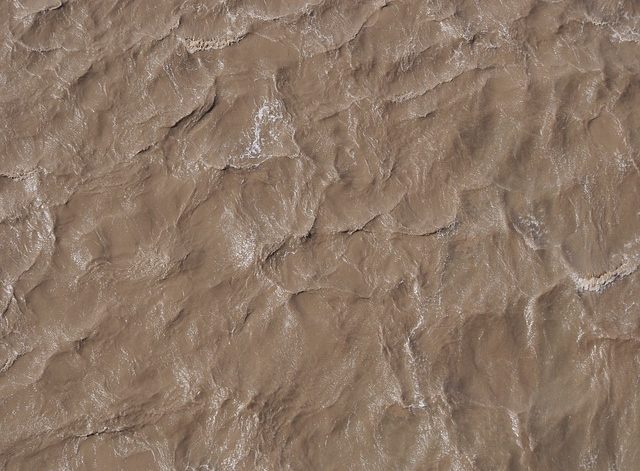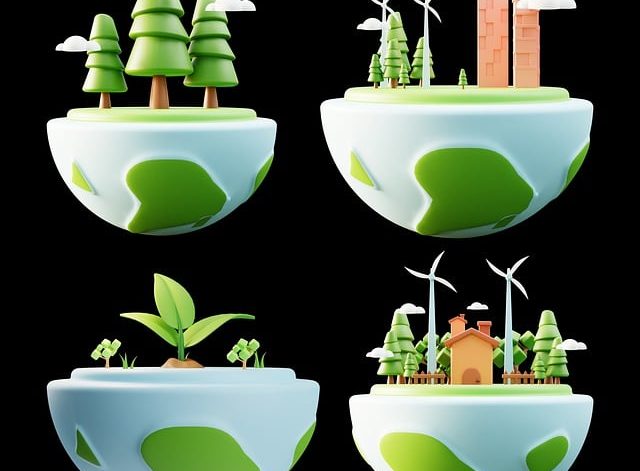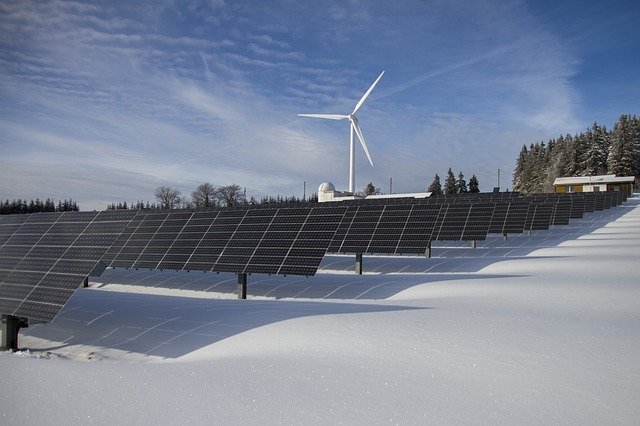What is meant by Siltation?
Siltation is a type of water pollution. It is a primary factor in water pollution that destroys aquatic habitats and ecosystems if it gets too out of hand. Presence of silt makes the water appear brownish-red and turbid due to the presence of soil and clay particles.
Siltation is a process or a type of soil erosion dominated by the presence of soil particles ranging in the sizes of clay and silt. This can block the water ways and occurs due to land disturbing activities like agriculture, deforestation, construction etc.
Check out: Water pollution– Sources, Effects, and Control
Causes and Effects of Siltation:
- Deforestation: Cutting down trees especially in slope or hilly areas where there is a presence of river or water ways downstream. This has often been the practice in the past to make hill stations or resorts. The cutting down of trees means the rainfall washes away the soil and leads it into the rivers downstream. The tree roots help hold the soil together and also absorb much of rain water thus preventing both siltation and exceeding the water level over the river bank.
- Soil Erosion: Soil erosion from numerous factors results in siltation. the topsoil runs off with the heavy rainwater or the absence of trees. It causes siltation of the rivers and clogs not just water ways but also the gills of many fishes that suffocates them and leads to species decline.
- Water Quality is impacted by Siltation. Water is not fit for drinking anymore due to presence of clay particles and sediments. The river bed is also damaged and uneven which disturbs the habitat of the fish and other aquatic species. Therefore, interrupts with their breeding and nesting cycles.
- Overgrazing: Livestock or cattle that overgraze a pasture leave behind no grass roots to retain water and thus this means the soil can easily be washed away into drains and water ways.
- Construction Sediment: Increasing urbanization and population booms have lead to increased constructional activities that lead to further debris and sediments that result in soil erosion. Since land is disturbed by drilling, digging and removal of vegetation this all contributes to the creation of loose sediments. Rainfall and wind then often transport tons of sediment to receiving streams, reservoirs, and aquifers, causing water quality degradation.
- Agricultural activity: All activities like tilling, and dislodging of the soil may once again create loose soil that along with excess rainfall, irrigation water or even pesticides cause not just siltation but also eutrophication that leads to water pollution and disturbs the aquatic ecosystems and species habitat.
Solutions/ Suggestion for Preventing Siltation:
Implement programmes for afforestation and reforestation in deforested or hilly areas. Allow for regrowth around waterways and riverbanks to slow down the run off water before it enters the waters in case it carries any silt or sediment that will also be stopped that way.
Another option could be to plant a rain garden. These gardens retain excess water and silt even thereby allowing water to be free from any loose sediments. The best places for rain gardens are generally where water naturally drains but doesn’t hold water. This fits the description of hilly or sloped areas where soil erosion and siltation is a problem.
Utilize best agricultural practices and for construction practices we should follow eco-friendly products and techniques that do no cause so much land degradation that leads to soil erosion an siltation eventually.
Dams are important to prevent flooding however they also have their cons. For instance, they not only disturb fish habitat but also tend to get filled with silt that ultimately builds up. Thus, proper dam planning should be in place by the policy makers to not only mitigate silt build up but also prevent floods.
Read more: Why Construction of Dams is Crucial for Pakistan
Lastly, increasing vegetation growth in river catchments can help prevent the buildup of silt as the vegetation, shrubs etc. can catch silt there and reduce the silt load further downstream in the river basin or streams.
Check out: Can Rivers & Lakes be Saved from Environmental Degradation?
Conclusion:
Siltation from erosion of the lake basin has direct adverse effects on fish by covering spawning sites, destroying deep sea or river bed food sources, and reducing water.
Silt accumulation in the rivers, streams etc. can create navigational and other hazards, and can even divert a river from its original channel. The sediment carried by rivers can gradually fill in reservoirs, kill spawning beds and nesting sites for fish and other aquatic species, clog or damage water supply intakes and treatment plants. Therefore, appropriate silt reduction and mitigation measures are important, preferably those that do not cause other harm in attempts to prevent one.
Also check out: The Problems and Effects of Plastic Debris in Rivers and Seas of South Asia
I hope you all liked this post! Please comment below if you have any suggestions, comments, or feedback! We at #envpk love hearing from our readers! Thanks!




